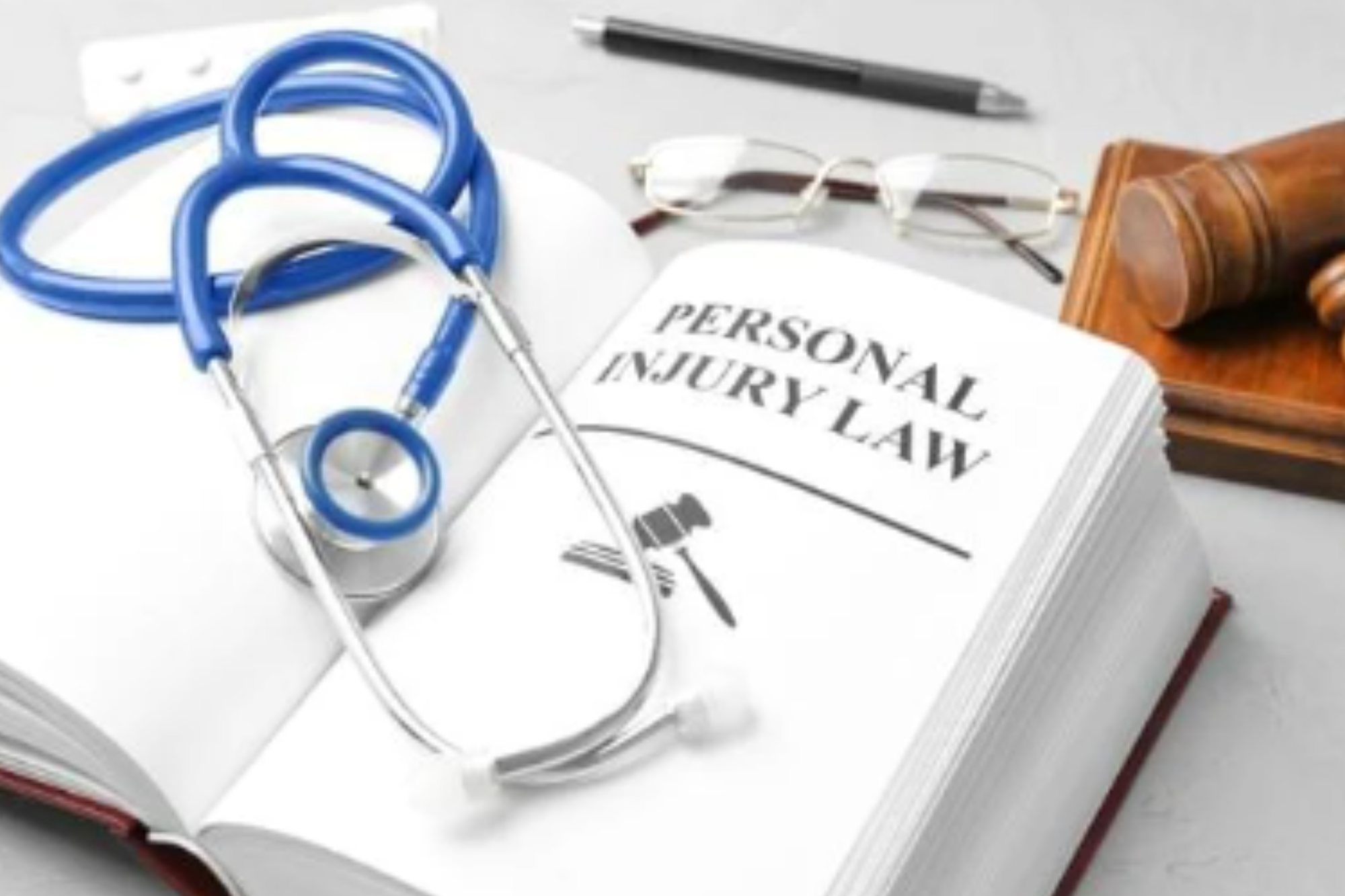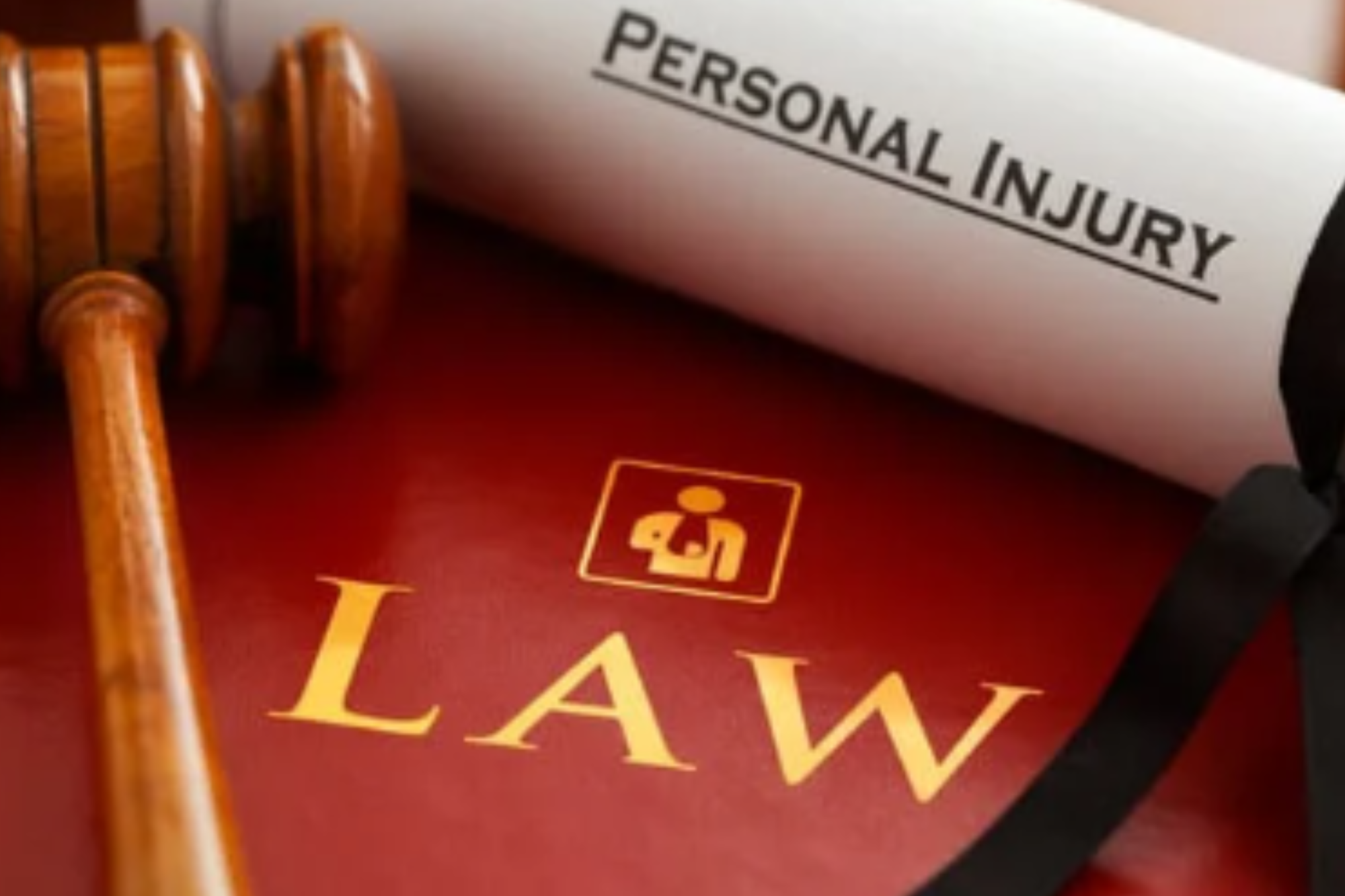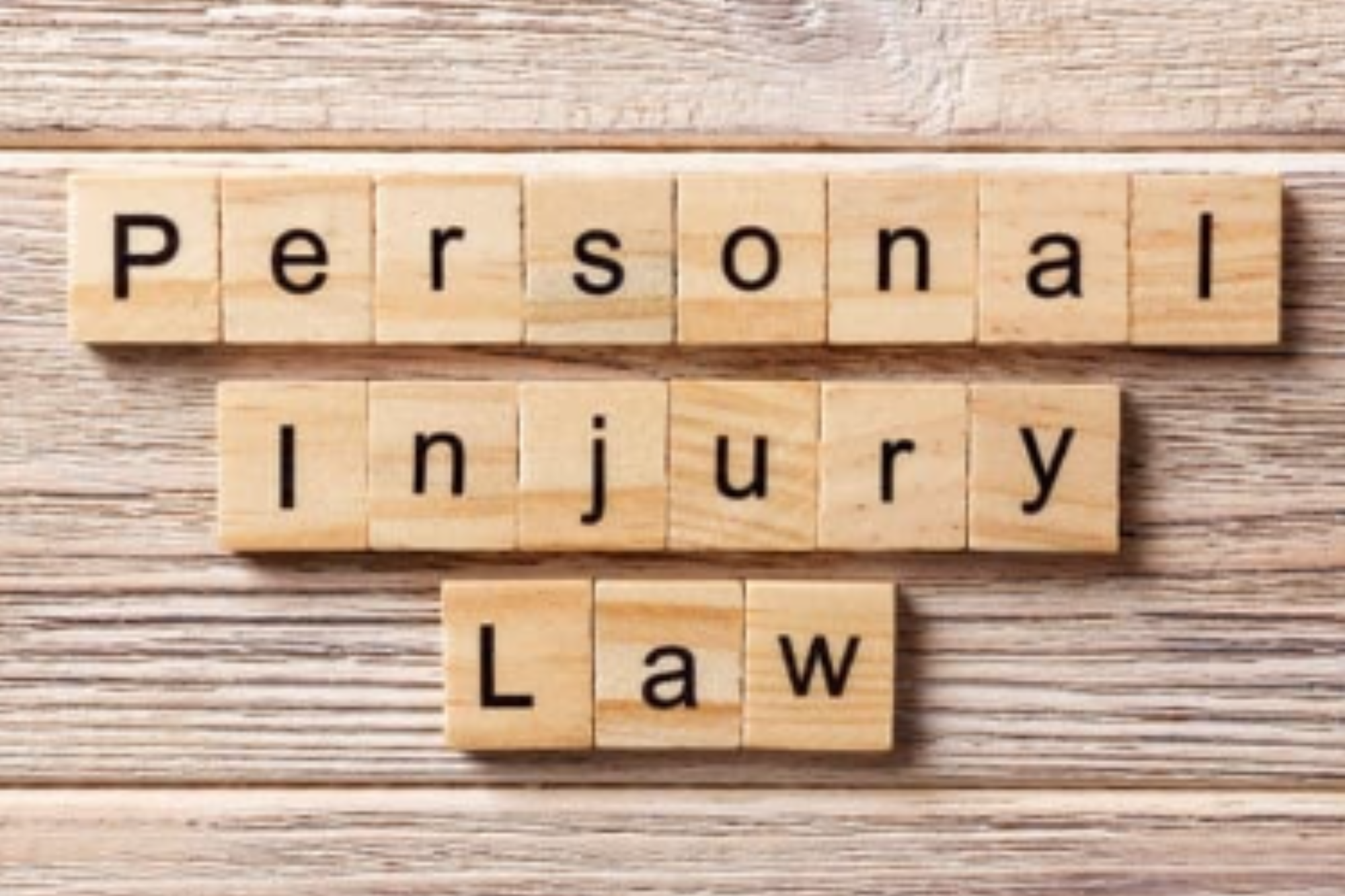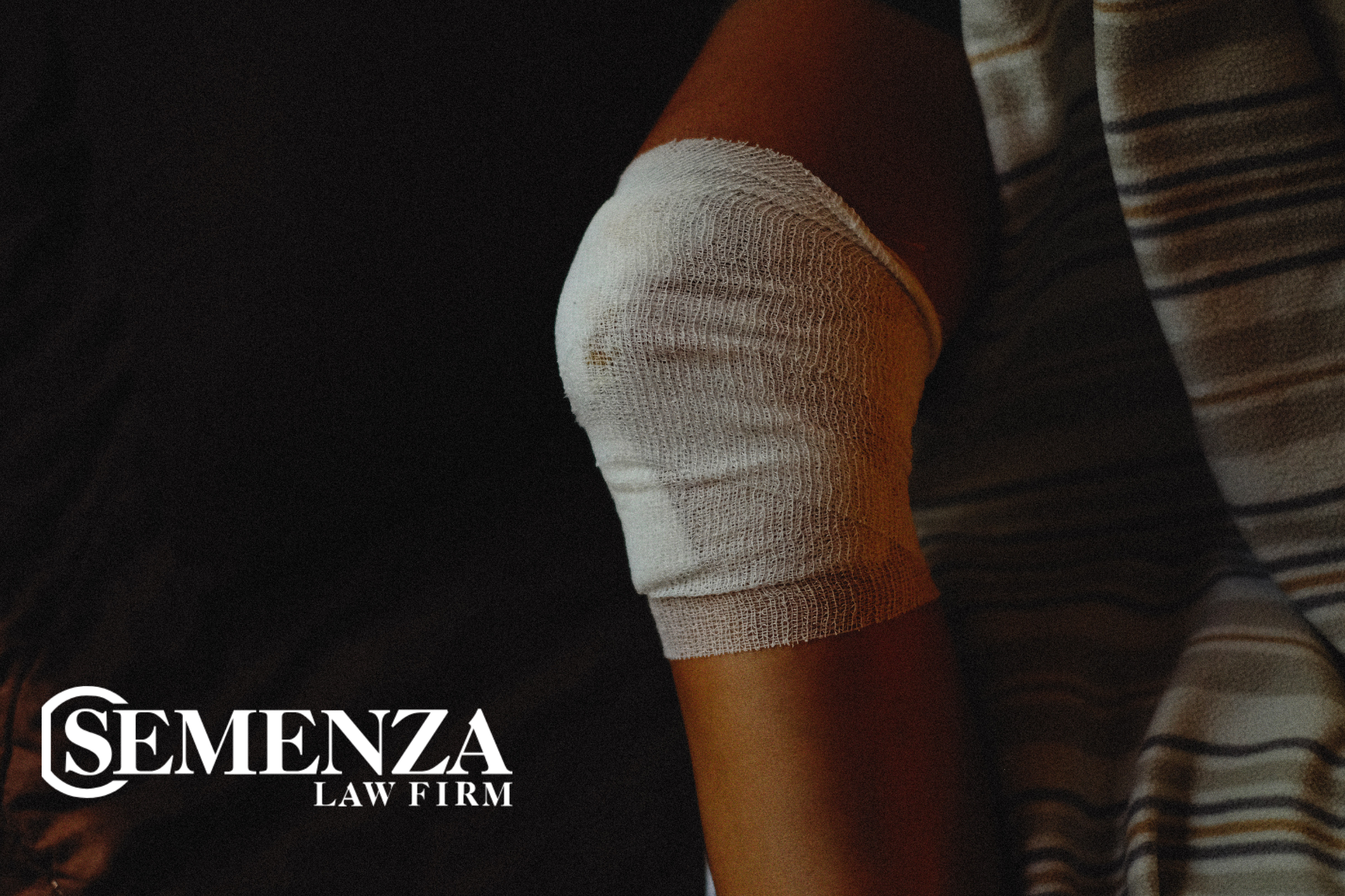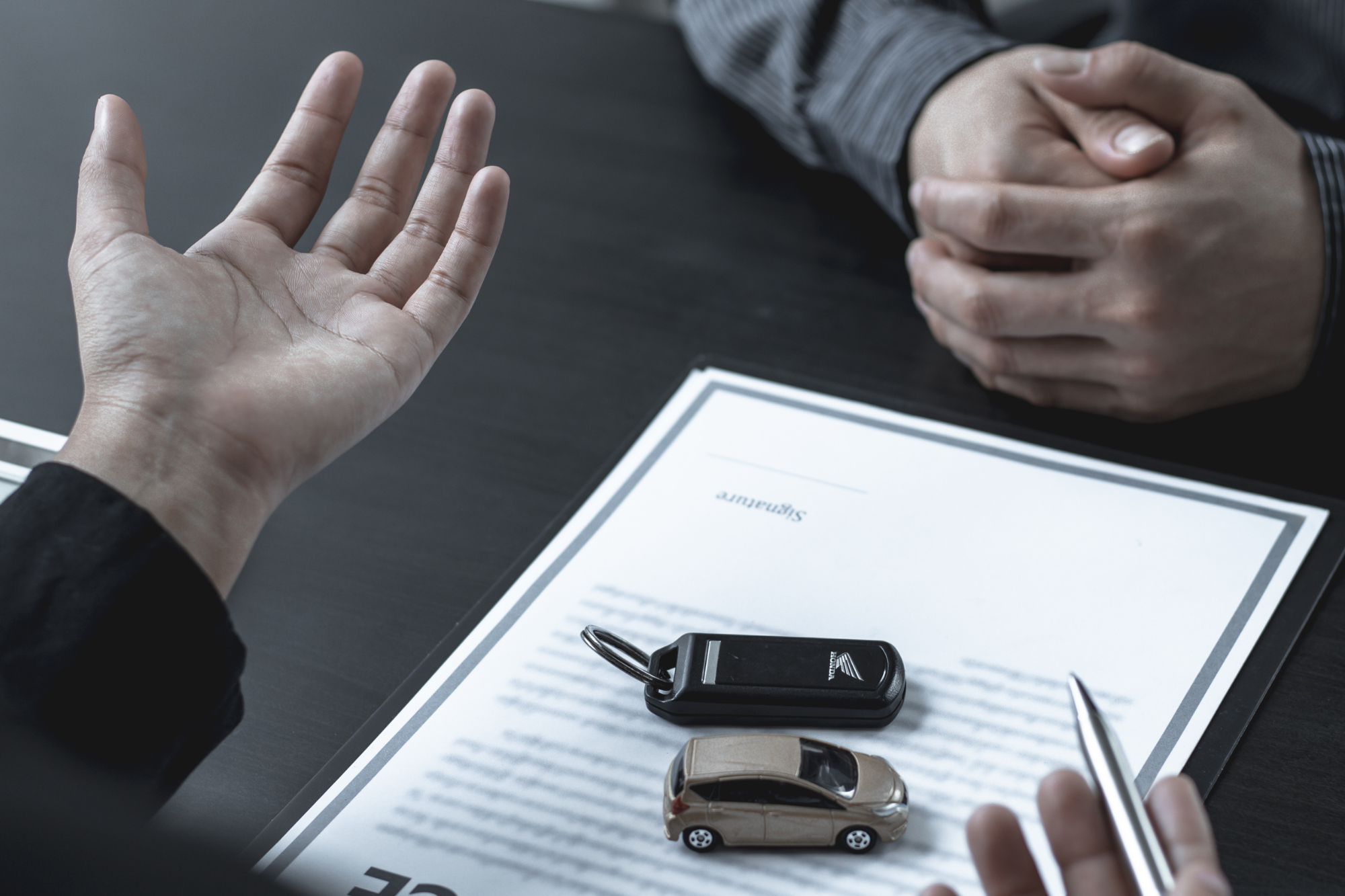Introduction
Consumers have the right to expect that the products they use are safe. However, defective products can cause serious injuries and harm. Understanding your rights as a consumer and how to pursue a claim is crucial if you’ve been injured by a defective product.
Types of Product Defects
- Design Defects: Design defects occur when a product is inherently dangerous due to its design. Even if manufactured correctly, the product is unsafe for use.
- Manufacturing Defects: Manufacturing defects happen during the production process. A product may become dangerous due to errors in assembly, construction, or materials.
- Marketing Defects: Marketing defects involve improper labeling, insufficient instructions, or failure to warn consumers of potential risks associated with the product.
Legal Theories in Product Liability Cases
- Strict Liability: Under strict liability, manufacturers can be held liable for defective products regardless of fault. If a product is defective and causes harm, the manufacturer is responsible.
- Negligence: Negligence occurs when a manufacturer fails to exercise reasonable care in designing, producing, or marketing a product. Proving negligence requires showing that the manufacturer breached their duty of care.
- Breach of Warranty: A breach of warranty claim arises when a product fails to meet the terms of its warranty. This can include express warranties, implied warranties of merchantability, and fitness for a particular purpose.
Steps to Take If Injured by a Defective Product
- Seek Medical Attention: Immediately seek medical treatment for your injuries and keep detailed records of your medical visits and treatments.
- Preserve the Product: Keep the defective product and any packaging, instructions, or receipts. These items may be crucial evidence in your case.
- Document the Incident: Take photos of the defective product, your injuries, and the accident scene. Write down details of how the injury occurred.
- Report the Incident: Report the incident to the manufacturer and the Consumer Product Safety Commission (CPSC) to help prevent further injuries.
- Consult an Attorney: Contact an experienced product liability attorney to discuss your case and explore your legal options.
The Role of an Attorney in Product Liability Cases
- Investigating the Defect: Your attorney will investigate the defect, gather evidence, and identify liable parties, which may include manufacturers, distributors, and retailers.
- Building a Strong Case: An attorney will build a strong case by collecting medical records, expert testimonies, and other evidence to support your claim.
- Negotiating Settlements: Your attorney will negotiate with insurance companies and other parties to secure a fair settlement. If a settlement cannot be reached, they will prepare to take your case to trial.
Conclusion
Understanding your rights as a consumer is essential if you’ve been injured by a defective product. Contact the experienced defective product attorneys at Semenza Law Firm to discuss your case and learn how we can help you seek justice and compensation.

